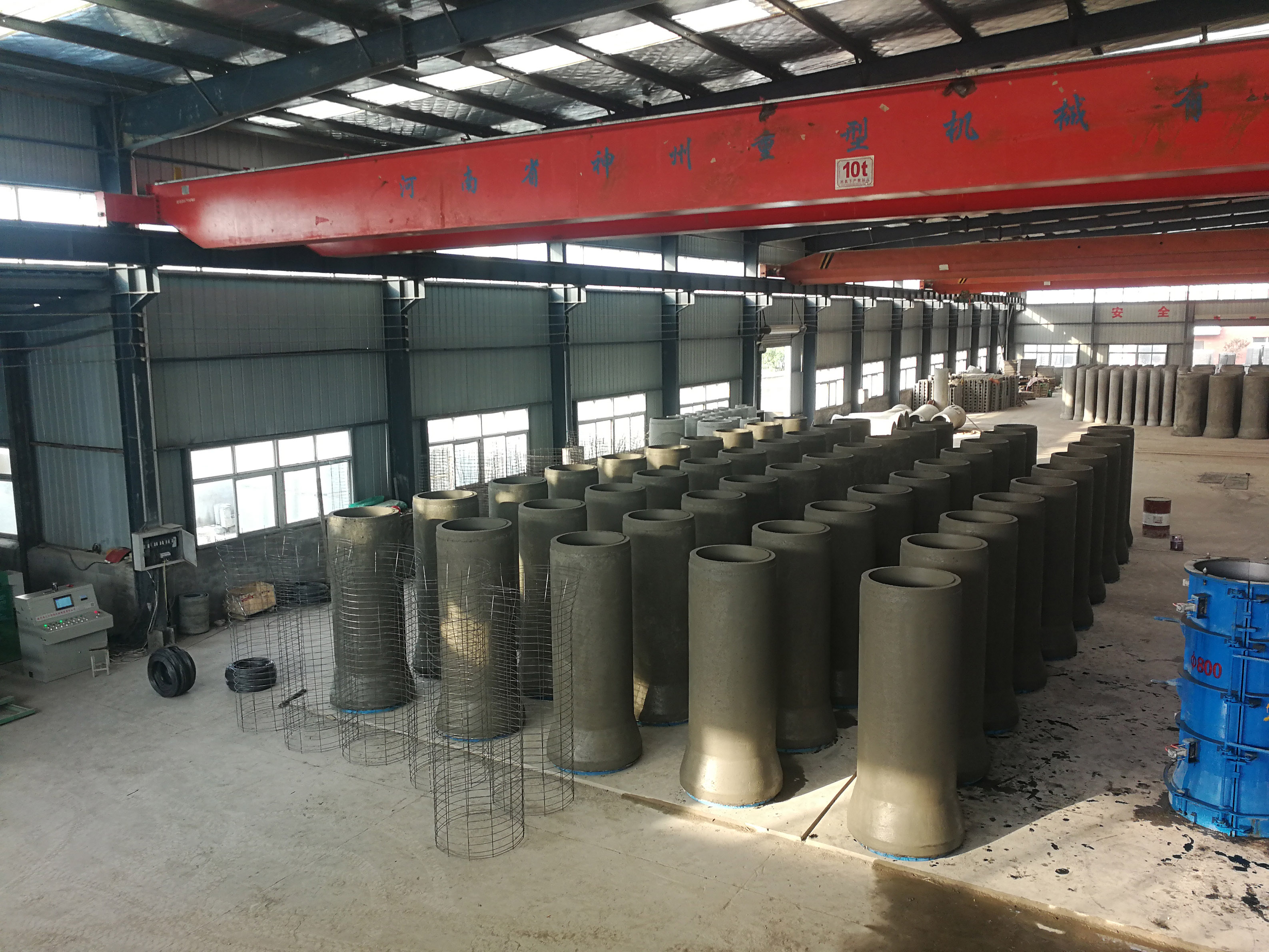sep . 23, 2024 19:38 Back to list
Innovative Techniques in Cast Iron Fabrication for Modern Applications and Design Solutions
The Art and Science of Cast Iron Fabrication
Cast iron has held a vital role in engineering and manufacturing since its inception. Known for its excellent castability, durability, and structural integrity, cast iron remains a preferred material for various applications, from cooking utensils to heavy machinery components. The process of cast iron fabrication is an intricate blend of traditional craftsmanship and advanced technology, showcasing the art and science behind this versatile material.
Understanding Cast Iron
Cast iron is an iron-carbon alloy with a carbon content greater than 2%. Its high carbon content contributes to its fluidity during the casting process and imparts unique properties that are advantageous for specific applications. There are several types of cast iron, including grey iron, ductile iron, and white iron, each tailored for particular uses. Grey iron is known for its excellent machinability and is commonly used for engine blocks and pipes, whereas ductile iron offers greater tensile strength and is used in applications requiring toughness.
The Fabrication Process
The process of cast iron fabrication consists of several key steps, ensuring that the final product meets both functional and aesthetic demands
.1. Mold Design The first step in casting is designing the mold. Molds are typically made from sand or metal and shaped to produce the desired object. The complexity of the mold reflects the intricacies of the final product. Advanced CAD (Computer-Aided Design) software is often employed to design molds, allowing for precision and efficiency in the fabrication process.
2. Melting Once the mold is ready, cast iron scrap or pig iron is melted in a furnace. Various furnaces can be used in this process, including electric arc furnaces and cupola furnaces. The melting process requires precise temperature control to ensure that the iron reaches the optimal temperature for alloying and to minimize impurities.
cast iron fabrication

3. Pouring After reaching the required temperature, the molten iron is poured into the mold. The pouring process must be handled with care, as any disruption can lead to defects like air pockets or uneven surface finishing. Skilled workers monitor the pouring closely to maintain quality control.
4. Cooling Once poured, the cast iron must cool and solidify. The cooling rate can significantly influence the material properties of the final product. Slow cooling often leads to tougher iron, whereas rapid cooling may yield a more brittle structure.
5. Finishing After the cast has cooled and solidified, it is removed from the mold, leading to the finishing stage. This includes machining processes such as grinding, sanding, or painting to achieve the desired surface finish and dimensional accuracy. Additionally, inspections and tests may be conducted to check for flaws or inconsistencies.
Applications of Cast Iron
The applications of cast iron are vast and diverse. In the automotive industry, it is extensively used for manufacturing engine blocks, brake discs, and exhaust manifolds due to its strength and ability to withstand high temperatures. In construction, cast iron is favored for pipes, gutters, and architectural elements, due to both its durability and aesthetic appeal. Moreover, in cookware, cast iron skillets and Dutch ovens are beloved for their heat retention and even cooking.
The Future of Cast Iron Fabrication
As technology advances, the future of cast iron fabrication is poised for exciting developments. Innovations such as 3D printing are beginning to play a role in mold making, allowing for more complex and efficient designs. Moreover, the growing emphasis on sustainability is prompting manufacturers to explore recycling cast iron scrap, reducing waste and minimizing environmental impact.
In conclusion, the art and science of cast iron fabrication converge to create a material that combines resilience with versatility. As the demand for cast iron continues across various industries, ongoing advancements in fabrication techniques will ensure that this timeless material remains relevant in modern manufacturing. Whether in the form of a robust machine component or a beloved piece of cookware, cast iron will continue to demonstrate its enduring legacy in both utility and craftsmanship.
-
Centrifugally Cast Iron Water Main Pipe | Ductile Iron Solutions
NewsAug.24,2025
-
Durable Cast Steel Concrete Pipe Mold Bottom Rings & Base Trays
NewsAug.23,2025
-
Centrifugally Cast Iron Water Main Pipe for Reliable Mains
NewsAug.22,2025
-
Durable Centrifugally Cast Iron Water Main Pipe
NewsAug.11,2025
-
Centrifugally Cast Iron Water Main Pipes for Reliability
NewsAug.10,2025
-
High-Quality Centrifugally Cast Iron Water Main Pipes
NewsAug.09,2025


